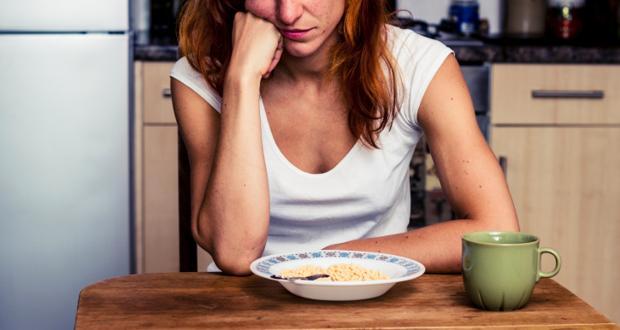Cooking secrets of the fit and the healthy
 Sep 1-7 is National Nutrition Week
Sep 1-7 is National Nutrition Week
“To eat is a necessity, but to eat intelligently is an art.”
There is no one right way to cook a particular food. However, certain techniques can help you achieve a desired result such as minimizing nutrient loss or enhancing flavour without adding a lot of fat
1. Keep fats to a minimum.
Baking is a great low fat cooking method. Baking on a rack or draining the fat after baking helps make meat, poultry, and fish even lower in fat. Steam cooking is another non-fat method. It also minimizes nutrient loss. For example, steamed vegetables generally retain more vitamin C than boiled vegetables. If you need to use oil, try cooking sprays or apply oil with a pastry brush.
Cook in liquids (such as stock, lemon juice, fruit juice, vinegar or water) instead of oil. When a recipe calls for cream as a thickener, use low fat substitutes like yogurt, soymilk, or corn-starch instead. Use non-stick cookware.
2. Retain the nutrients
Blanch vegetables rather than peel them, as many nutrients are found close to the skin. Microwave or steam vegetables instead of boiling them. If you like to boil vegetables, retain the vitamin-rich water to use as a stock and do not over boil. Include more stir-fry recipes in your diet. Stir-fried vegetables are cooked quickly to retain their crunch (and associated nutrients).
3. When cooking with grains
Browning uncooked rice before adding water can destroy a lot of the thiamine (Vitamin B1) content. Use whole grains to increase the fibre content.
4. Try cutting out salt
Add a splash of olive oil or lemon juice close to the end of cooking time or to cooked vegetables – it can enhance flavours in the same way as salt. Choose fresh or frozen vegetables, since canned and pickled vegetables tend to be packaged with salt. Limit your consumption of salty processed meats such as salami, ham, beef, bacon, and smoked salmon. Avoid salty processed foods such as flavoured instant pasta, canned or dehydrated soup mixes, chips and salted nuts. Margarine, butter and most cheeses are very high in salt so limit your intake or choose lower salt varieties. Use herbs, spices and vinegar or lemon juice to add extra zing to your recipe and reduce the need for salt.
5. When preparing fruits and vegetables
Avoid long exposure to heat. Fresh or frozen vegetables can be cooked by several different methods like steaming, baking or sautéing them. To retain nutrients and bright colours, cook “just until tender.” Steaming is a good way to cook vegetables.
6. When cooking chicken
Remove chicken skin, which is high in fat. However, to retain the moisture in the chicken meat, remove the skin at the end of cooking.
The author is an eminent dietician and nutritionist. She is a consultant for MediAngels, the World’s First e-Hospital. You can consult her by clicking here.
- DON'T MISS
- Top 4 reasons why you are not losing weight
- Want to lose weight? Time to switch to apple-cinnamon water
- Planning to lose weight? Munch on a handful of peanuts
- 10 obvious signs you are putting on weight
- Weight Loss Tip #17 – Eat curd to lose weight
- Look perfect on your wedding with these 7 weight loss tips
- Five colours to pile on your plate
- How to go on a healthy pre-wedding diet to lose weight
- 8 vegetables that will help you lose weight
- Fitness Plan Day 62: Have sex in the morning to feel active all day long!




